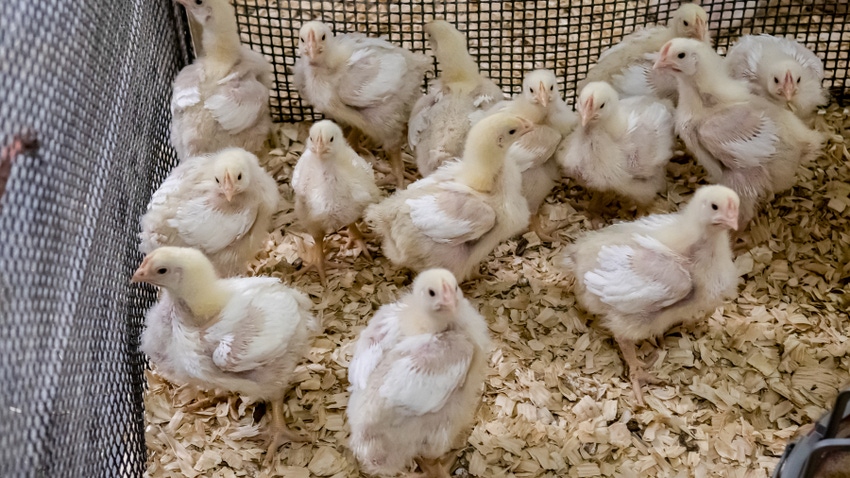
For farmers near poultry production facilities, poultry litter can present a “cheep” fertilizer option for their fertility programs.
That is, if they plan ahead.
Kansas State University environmental quality specialist Peter Tomlinson and nutrient management specialist Dorivar Ruiz Diaz explain in the Dec. 21 Agronomy eUpdate that poultry litter’s value to the farmer’s bottom line depends on the nutrient requirements for the field.
In southeast Kansas, for example, the total value of nitrogen available in the first year of application comes to about $17.50 per ton of litter, while the total value of potassium is about $9.80 per ton of litter, and the total value of phosphorus is about $13.16 per ton of litter. So, in the first year of application, that litter is valued at about $40.76 per ton.
The residual nitrogen and phosphorus available in subsequent years, though, is about $26.73 per ton, they calculated. And there’s also sulfur, micronutrients and organic matter in the litter that add value to it for those working to rebuild their soil health.
It’s advised to test all poultry litter for actual nutrient concentration values because each truckload can vary depending on the bedding material used, the number of flocks raised on it and other factors.
Soybean benefits
The Soybean Research Information Network, funded with checkoff dollars from United Soybean Board and the North Central Soybean Research Program, shared research results in 2021 from a project in Alabama about poultry litter on soybean acres. They found that poultry litter can increase soybean yields, but the application timing must be just right.
Rishi Prasad, assistant professor and Extension specialist in Crop, Soil and Environmental Sciences at Auburn University, led the team.
“We found that up to 37% of the total nitrogen that will be released from litter and become available in the first 30 days after application,” Prasad said in the research report. “That means application timing is critical. The sweet spot is to apply litter about two or three weeks before planting, so that the emerging crop can get the most benefit.”
Over the next 60 days, another 10% to 15% of litter’s nutrients will be released, according to their research. And after 90 days post-application, much of the litter’s nutrients will no longer be in the field.
“Based on what we learned, we recommend applying poultry litter in early spring, rather than the fall,” Prasad said.
In Alabama, where the research was conducted, winter rains can wash away nutrients before soybeans are even in the ground. The plots in central Alabama saw yields increasing 6 to 10 bushels per acre on an application rate of 5 tons per acre. And the researchers saw treated plots that were greener and taller than the control plots 30 days after planting.
Handling tips
Farmers in southeast Kansas have quite a bit of poultry litter available to them from farms in Arkansas, Missouri and Oklahoma, according to K-State.
Depending on how far farmers have to transport their litter, they may be considering storage facilities. It’s important to take special care that you prevent runoff contamination into water supplies and manage odors with your storage plans.
Tomlinson and Ruiz Diaz offer these tips:
Avoid sites near homes, public roads and drainage ditches. And set your stockpile of litter at least 200 feet from “Waters of the State.” Watch for wells and sensitive groundwater areas.
Consider creating an earthen berm around piles so that any water or nutrients running off them can infiltrate the soil. Better yet, consider a site near grass that can serve as a buffer.
Tarps can keep your litter dry, reduce odors and reduce nitrogen volatilization losses.
Pay attention to the slope of the land for your stockpile and avoid any sites that slope toward waterways.
Ideally, a storage pad out of lime screenings, and near all-weather truck access, is suitable.
They advise consulting with K-State Research and Extension watershed specialists when considering a storage site.
About the Author(s)
You May Also Like






